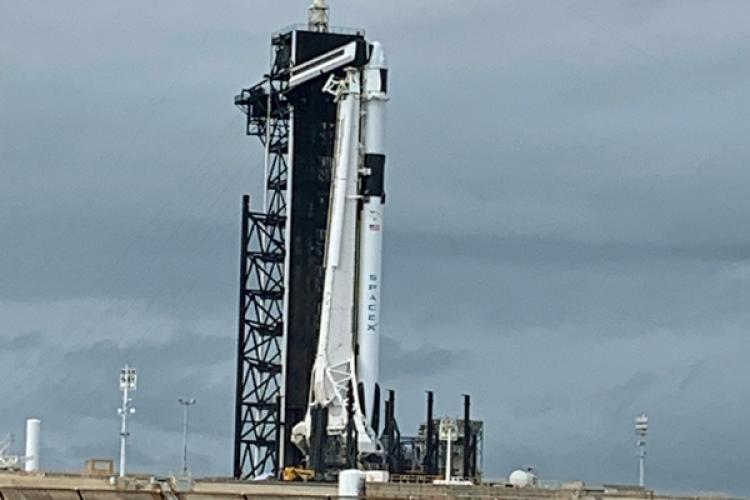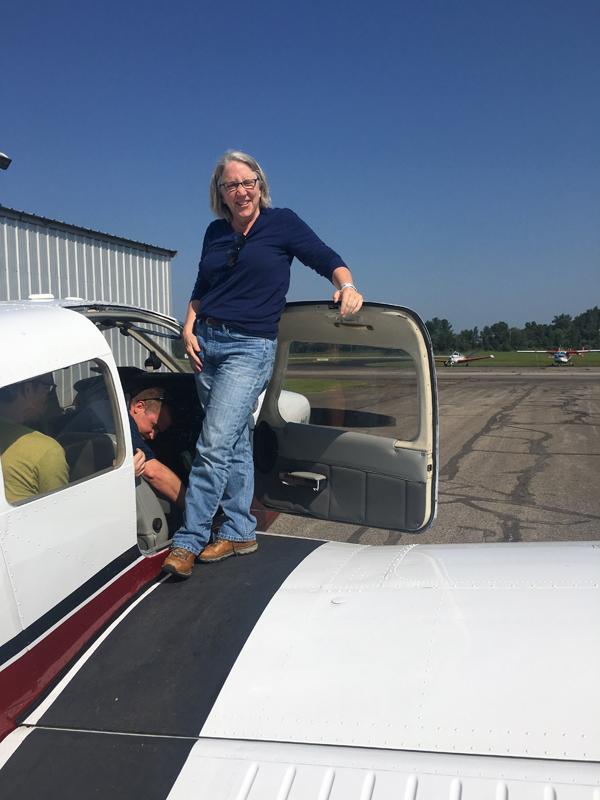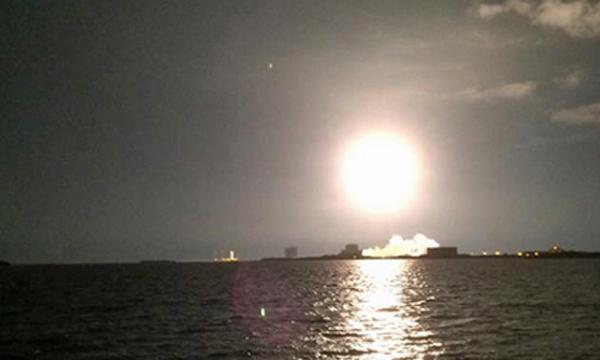
If you're interested in space, join OHIO's student spaceflight experiment this fall

Professor Sarah Wyatt is looking for Ohio University students who want to design experiments for the International Space Station (ISS).
Students from English to engineering and art to astrophysics are invited to join OHIO's team in the Student Spaceflight Experiments Program's Mission 18 to the ISS.
"We already have student and faculty team members from multiple colleges and dozens of majors. Everyone will be working in teams to design an experiment, so all sorts of talent will be needed," said Wyatt, professor of environmental and plant biology in the College of Arts and Sciences.
"The cool part is that we know one of our student experiments will actually fly to the ISS and be conducted by astronauts there," said Wyatt, who expects Ohio University to have about 10 teams of students designing experiments. Each team will have three to five students.
"You don't need any experience to become part of this," Wyatt emphasized.
Students can even get credit for the time they spend learning about how to design something small enough to send to space while also learning how to write a proposal that shows the big picture of how they'll use the data they'll get back from the ISS. To earn credit, students can register on the Course Schedule for PBIO 4941 -Undergraduate Research and Presentation taught by Wyatt.

Space: 'It never gets old'
Even though Wyatt has already designed four experiments for the ISS—with a fifth awaiting a launch date, she's still as excited about this opportunity as when she sat mesmerized in front of the family room TV in 1969 watching mankind's first steps on the Moon.
"It never gets old," said Wyatt, who is usually at NASA's Cape Canaveral in the pre-dawn hours at every launch she's a part of, waiting with students and colleagues for the countdown, the ignition, and the liftoff. Recently she's also been able to watch the SpaceX rockets return to the launchpad and land vertically.
And when she gets back to Athens, Ohio, Wyatt just has to look at her iPhone app to know exactly when the ISS will be passing overhead. On a clear night she'll be watching the bright light as it crosses the sky.
Wyatt is a plant biologist studying how plants respond to microgravity. "Plants are essential if people are going to be living in space," she said. "Plants are not only a source of food and medicine, they produce oxygen," Wyatt said. Though she's quick to add that the potatoes that Matt Damon grew in the movie "The Martian" are not likely to be a mainstay on the space menu.
Students who share Wyatt's enthusiasm for microgravity and are curious about how humans might someday travel a lot further than the Moon should contact Wyatt, director of the program, at wyatts@ohio.edu.

About the Student Spaceflight Experiments Program
The Student Spaceflight Experiments Program (SSEP) is a program of the National Center for Earth and Space Science Education (NCESSE) in the U.S. and the Arthur C. Clarke Institute for Space Education Internationally. It is enabled through a strategic partnership with Nanoracks, LLC, which is working with NASA under a Space Act Agreement as part of the utilization of the International Space Station as a National Laboratory.
SSEP uses a commercial spaceflight payload, which will contain the SSEP student experiments and which will be placed aboard ferry vehicles for transfer to the International Space Station. SSEP is a self-funded effort, with funding coming from school districts, foundations, non-profit funding organizations, and private sector businesses.
Ohio University's Office of the Executive Vice President and Provost is providing funding for the space flight. Additional funding is being raised for supplies and travel. A lab has been set aside for the students in Porter Hall.
"This will be an incredible experiential learning opportunity for our students and a great example of faculty cross-disciplinary collaboration,” said Dr. Elizabeth Sayrs, Ohio University executive vice president and provost. " I look forward to seeing how the student teams come up with inspiring new ideas for this astronaut-scientist lab orbiting our Earth."
In addition to Wyatt as director of the project, faculty include deputy director Nathaniel Szewczyk, the Foundation Ralph S. Licklider, D.O. Endowed Professor in Molecular Medicine in the Heritage College of Osteopathic Medicine, and faculty mentors Nathan Weyand, associate professor of biological sciences and director of molecular and cellular biology in the College of Arts and Sciences; Chad Mourning, assistant professor of electrical engineering and computer science in the Russ College of Engineering and Technology; and Danielle Dani, professor of teacher education and interim associate dean of research and graduate studies in the Patton College of Education.
